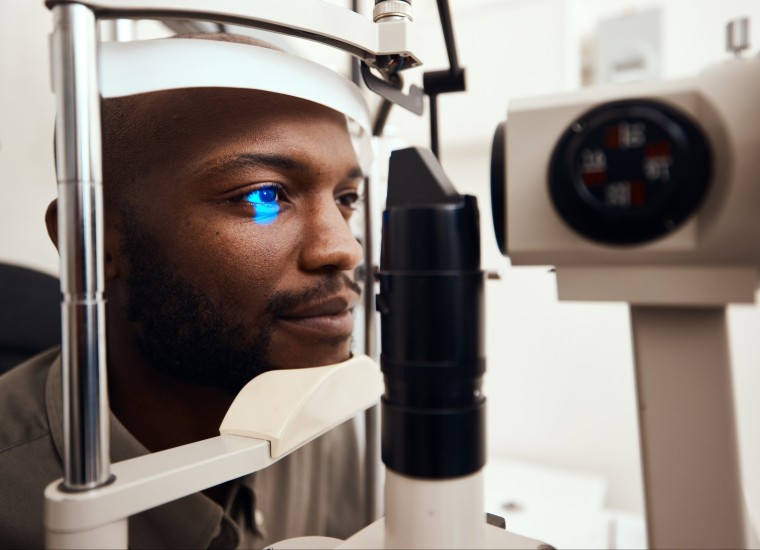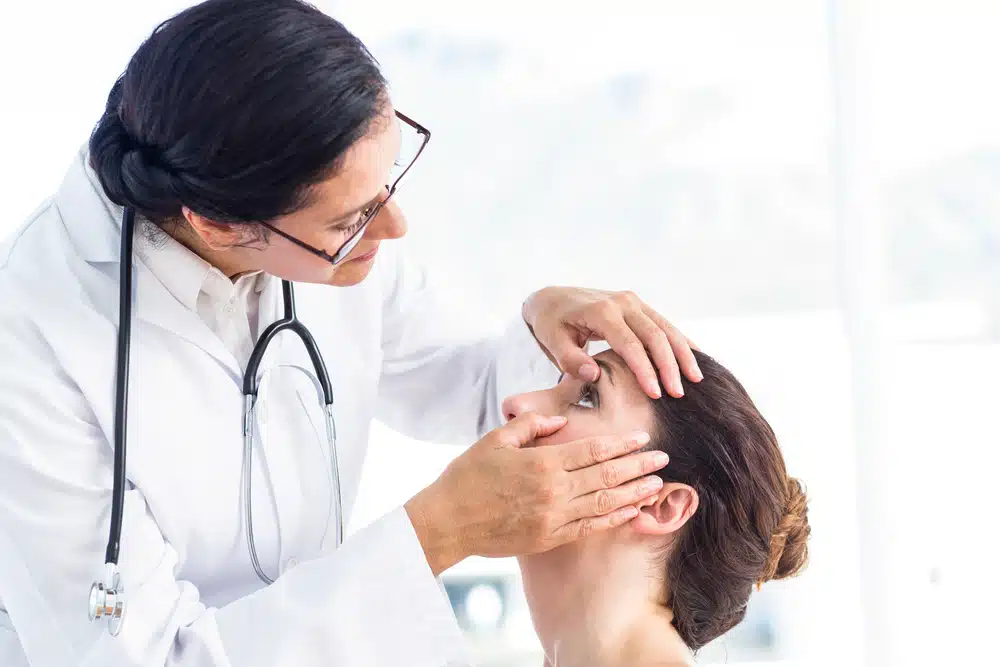Affordable and Caring Optometrist Riverside for All Ages
The Comprehensive Eye Exam: What to Expect Throughout Your Visit to the Eye Physician
A visit to the eye doctor for a detailed eye test is greater than a regular check-up; it is a critical action in guarding your aesthetic health. From the first conversation of your case history to the accuracy of the visual acuity test, each component of the test offers a certain objective. What precisely happens during the eye wellness evaluation, and how does it influence the prescription procedure? Comprehending these aspects is vital for those who desire to keep optimal vision. As we check out each component, the value of follow-up referrals will also come to be clear.
Initial Consultation
The preliminary consultation throughout an eye test functions as a vital structure for recognizing a person's visual wellness needs. This phase sets the tone for the entire exam process, permitting the optometrist to gather crucial info concerning the client's case history, way of life, and details vision issues. By diligently reviewing any type of pre-existing problems, medications, or previous surgical treatments, the eye treatment specialist can tailor the evaluation to attend to specific requirements successfully.

Additionally, the initial consultation is a possibility for patients to voice any questions or problems, cultivating a joint partnership with their healthcare company. This interaction not only guarantees that the patient really feels educated and comfy but also encourages them to take part actively in their eye health monitoring. Collectively, these discussions make it possible for the eye doctor to develop a customized examination strategy, guaranteeing optimal treatment and accurate medical diagnosis.
Aesthetic Acuity Examination
Beginning the core components of an eye exam, the visual skill test is created to assess the intensity and quality of a person's vision. This crucial evaluation helps figure out how well an individual can recognize letters or icons at a standardized distance, generally making use of a Snellen chart (Optometrist Riverside). The graph makes up rows of letters that reduce in dimension from leading to bottom, with the individual placed at a popular range of 20 feet
Throughout the test, the patient is asked to cover one eye and read out loud the smallest line of letters they can see clearly. This procedure is duplicated for the various other eye. The outcomes are videotaped as a fraction, with 20/20 vision indicating regular visual skill-- where the client can see at 20 feet what a person with typical vision can see at that range.
The visual acuity test likewise determines possible refractive mistakes such as nearsightedness, hyperopia, or astigmatism, which could demand corrective lenses. By establishing a baseline of visual performance, the test is a crucial analysis device that assists the eye treatment specialist in creating an ideal therapy strategy customized to the individual's one-of-a-kind aesthetic requirements.
Eye Health And Wellness Analysis
Complying with the visual skill examination, an extensive eye health analysis is conducted to make certain the general well-being of the eyes. This vital section of the eye test includes a thorough examination of both the interior and exterior structures of the eye.
Following, attention shifts to the inner structures. Via Clicking Here using ophthalmoscopy or fundus digital photography, the retina, optic nerve, and blood vessels are thoroughly evaluated. This step is essential for identifying problems such as retinal detachment, glaucoma, or diabetic person retinopathy. In numerous instances, pupil extension is executed to enhance presence of the internal eye structures, although this might cause short-term light level of sensitivity for the patient.
Furthermore, intraocular stress is gauged to evaluate for glaucoma risk. This is usually done making use of tonometry, which can identify elevated pressure levels that might suggest potential damage to the optic nerve. Collectively, these evaluations develop a detailed evaluation to keep eye wellness.
Refraction and Prescription
Refraction is an advanced treatment performed by eye treatment professionals to determine the precise lens power required to remedy refractive errors such as nearsightedness, hyperopia, presbyopia, and astigmatism. The goal of this treatment is to evaluate how light bends as it passes with the eye, allowing the expert to figure out whether corrective lenses are necessary for enhanced visual skill.
During the refraction procedure, the client is asked to check out a phoropter, a gadget that contains numerous lenses. The specialist will methodically change these lenses and ask the person to compare quality between choices until the most effective possible vision is achieved. This procedure is essential in crafting a precise prescription that defines the suitable lens power for spectacles or get in touch with lenses.
The prescription derived from this procedure not just optimizes vision however additionally serves as a structure for selecting appropriate rehabilitative eyewear. It is necessary to ensure that prescriptions are consistently updated, as modifications in vision can take place over time, emphasizing the value of regular eye examinations. This precise focus to information helps maintain clear, comfortable vision in life.
Follow-Up Recommendations

During a follow-up visit, the eye doctor will certainly conduct a series of examinations to examine visual acuity and look for any type of changes in vision that might demand an update to the prescription. Additionally, the follow-up gives a possibility to go over any pain or problems experienced with current glasses. Modifications can be made to guarantee convenience and effectiveness, whether through lens alteration or framework adjustments.
For people with continuous conditions such as glaucoma, diabetes-related eye concerns, or macular degeneration, even discover this more frequent follow-ups might be necessary. These consultations are essential for taking care of and possibly reducing the development of eye disease. Sticking to these suggestions can dramatically add to keeping visual health and protecting against long-lasting issues.
Final Thought
The extensive eye examination is a necessary procedure for keeping aesthetic wellness, incorporating a detailed assessment of medical history and vision concerns. Key components include the aesthetic acuity examination, which examines sight clearness, and the eye health evaluation, which takes a look at the total problem of the eyes.
A visit to the eye doctor for a comprehensive eye exam is more than a regular exam; it is an essential step in protecting your visual health.Kicking off the core parts of an eye exam, the aesthetic acuity test is designed to analyze the intensity and clearness of a client's vision.Following the aesthetic acuity test, a comprehensive eye wellness evaluation is performed to make sure the general well-being of the eyes. These visits permit the eye treatment professional to check adjustments in vision, update prescriptions, and evaluate the general health and wellness of the eyes. Key parts include the aesthetic acuity examination, which examines eyesight quality, and the eye health and wellness analysis, which takes a look at the overall problem of the eyes.